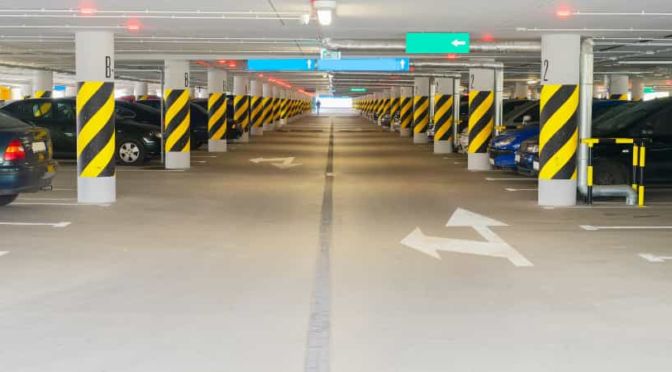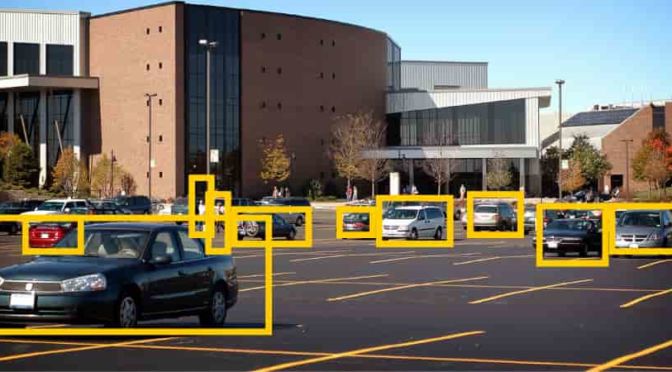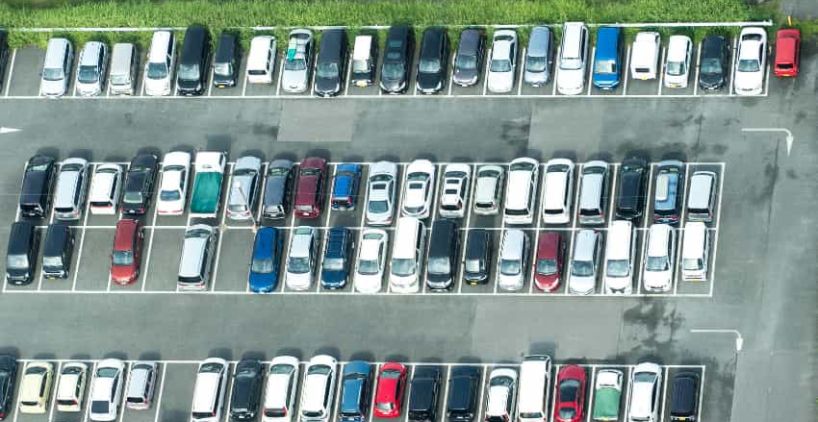Summary
- Mitigating parking lot inconvenience can be linked to better customer experience.
- Displaying live occupancy statistics can reduce the stress related to navigating spot availability.
- Automating parking registration can bring greater accuracy and simplify the billing process
Written for:
Parking lot managers, operations managers, and other stakeholders looking to optimize parking space, regulation, and associated customer experience would find this useful.
Introduction
Finding empty spots in parking lots among rows and rows of vehicles can be a tedious task. This is often coupled with an even longer wait as a person at a counter registers your vehicle before handing you your token upon entry and bill while exiting. The whole process takes what at least feels like an eternity of waiting in line, stressing over spot-hunting and anxiety for most. On the other side, manual management of a parking lot can prove to be a handful. As prime locations experience high demands for parking lots, there is an urgent need to optimize the working of parking lots. This can help simplify the process of registration and billing while also maintaining better accuracy in counting.
This blog discusses two features of parking system automation and how it can make life easier for users at both ends.
Occupancy statistics - Finding a spot in the lot

The chances are that you probably already realize that finding a coveted spot, or even knowing if there is an available one, in a bustling manually-managed parking lot is a tense process. This is where leveraging artificial intelligence for occupancy statistics comes into play. Using artificial intelligence, we could display the rate of occupancy, availability and other requisite details outside of the parking lot in real-time. Moreover, the display can be regularly updated to be consistently accurate to the best possible extent. Along with this information, it will also be possible to restrict the entry of vehicles upon total or specified occupancy of the lot so that drivers can altogether avoid confusion and chaos around congested space.
But first, how do we get the occupancy stats for these inferences?
Nvidia’s Deepstream analytics application offers a line-crossing feature. This application stores data in context or metadata to indicate if an object has crossed a specified line and keeps its count. We can specify the lines of entry and exit in the configuration files for the application to use. However, the most exciting part of this feature is that the application only counts movement in one direction at a specified line. This improves accuracy because the application’s unidirectional counting would not be jumbled into counting a car that attempts to exit via the entrance line as an increase in the parking lot occupancy. From the data inferred through these processes, it would be possible to deduce the available occupancy statistics.
Further, Deepstream allows the use of multiple streams that run simultaneously, without any hindrance or lack of coherence, making it a very reliable application.
Automating parking registration

Parking registration is another time-consuming parking lot practice that automation can significantly optimize. When handled manually, parking registration requires the driver to insert a card or click a button to register. Further, it would usually require a person managing operations at points of entry and exit. Using Nvidia’s Deepstream analytics application, this process can be entirely automated. The computer vision application at the entrance will detect the vehicle, while a secondary detector can detect license plate information for registration. Further, Deepstream models can detect the type, make, and colour of the car at registration for collection and inference.
Another interesting prospect of employing the Deepstream analytics application is its region of interest (RoI) filtering feature. This feature displays how objects are placed in the specified region of interest. So, a parking spot number corresponding to the RoI can be assigned to a vehicle parked at a specified area in the parking lot in the process of registration. This process is repeated at the exit point, and the bill is generated based on the license plate number and the duration of slot usage.
As Deepstream is capable of supporting multiple streams simultaneously, streams from the cameras at the entry and exit can be accessed for inference simultaneously, without any drop in the FPS.
Conclusion
Avoiding parking lot congestion is a crucial part of bettering the experience of drivers. Several studies over the years have hinted at the connection between this and shoppers’ retail purses. In the light of this, automating parking lot processes, from occupancy statistics and registration to billing, would be a proactive move favouring better customer experiences and sales consequently.
At VisAI Labs, our engineers leverage their expertise in Nvidia’s Deepstream applications and flair for innovation to help organizations automate processes to add speed, accuracy, cost-efficiency, and significantly greater sales numbers to business operations.
Get in touch with us at sales@visailabs.com to find out how we can do this for your business.


